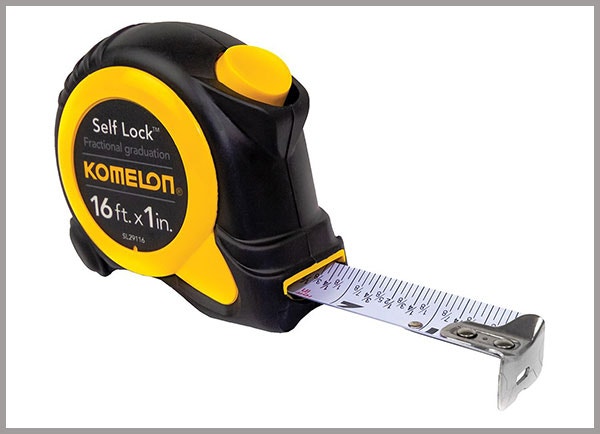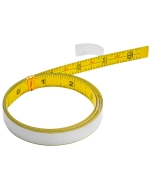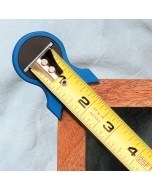Back to Woodworking Basics: Using Your Tape Measure
The tape measure is the ubiquitous symbol of modern woodworking, but do you know how this tool really works and how to get the most from yours?
The name "tape measure" comes from sewing measures that are actually fabric. (I still keep one in my kit for taking measurements from antiques and museum pieces, since the soft fabric is unlikely to damage a rare and valuable object). The "tape" part of a modern unit is known as the blade. Blades are now made of metal and usually feature a slight curve to the blade that stiffens it and allows it to extend unassisted beyond the case.
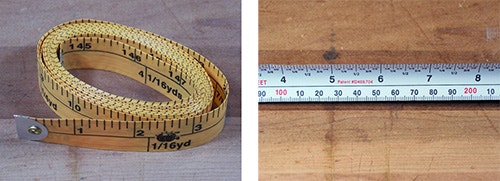
Tape measures come in a surprisingly wide range of sizes and types. You can get them with English or Metric markings, or even one with both English and Metric! They come in sizes from tiny eighteen inch models to huge reels that can measure a football field. Whatever tape you choose, here are some tips for getting the most from yours: Starting at the beginning of the tape, the first thing you notice is that the tip, or "hook", is not firmly fixed to the blade. It should slide the thickness of the hook itself, giving accurate readings on inside or outside measurements on a single scale. If the hook gets bent, (and like buttered toast, the tape always seems to hit the floor exactly on the hook) it will alter the outside measurement of your tape.
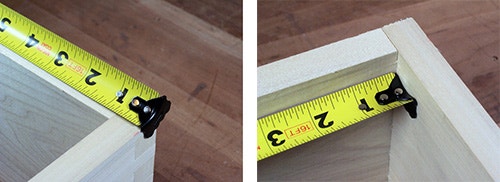
Because the scales are printed on the tape, they are not always completely accurate. When buying a new tape, extend the blade several feet and reverse it to ensure that the marks align with each other. Also try measuring the same object using both sides of the hook to insure it slides the right amount.
The hooks are always suspect to an experienced user, so one way of improving accuracy is to "Burn the One". Take your measurement from the one inch mark instead of relying on the hook. It is more accurate, but ONLY if you remember to add the inch back into the dimension. You will also find better results if you try to use only one tape for all your measurements on a given project. Different tapes may have slightly different hooks or scales, and switching between the them adds a variable you don't need for fine work. Everyone has a favorite brand and type of measure, and I won't argue that here, but when you reach for your tape measure, give a little thought to how to use it effectively, and you may well see better results in your next project.
Keep the inspiration coming!
Subscribe to our newsletter for more woodworking tips and tricks
